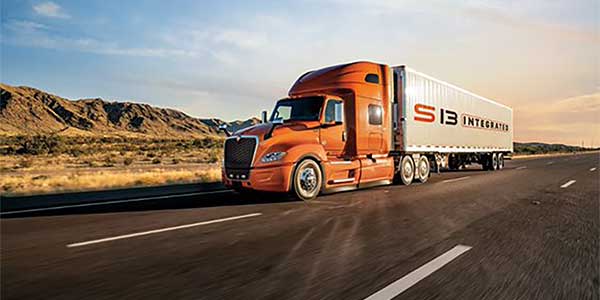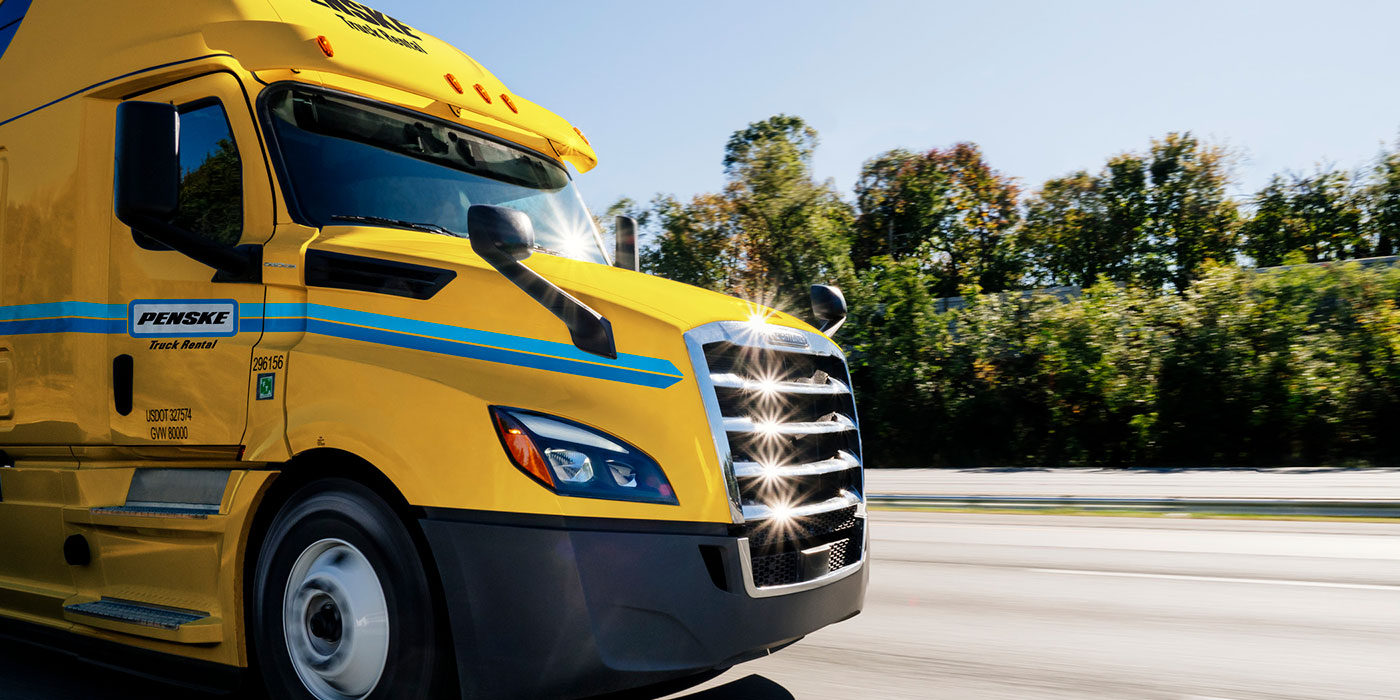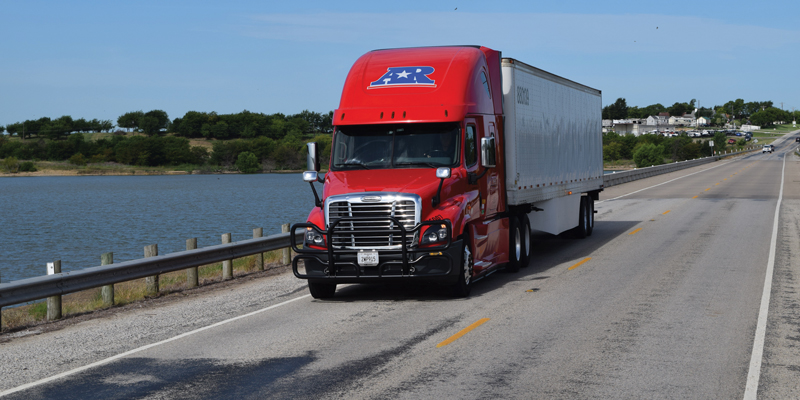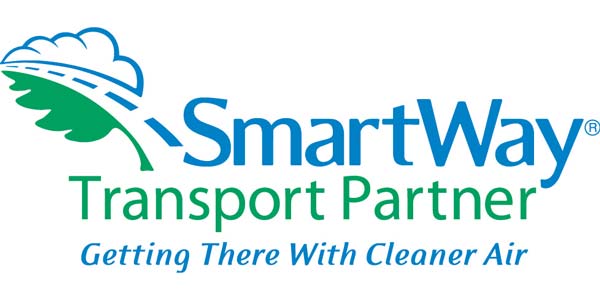Sleeper supremacy: A focus on the customer has led to more fleets spec’ing large, decked-out sleepers
Across the business world, companies are becoming more and more interested in emulating the success of Amazon. It’s a model that many truck OEMs are now following as they sharpen their focus on fleet customers, learn what equipment will meet the customers’ needs and deliver the products that they want.
Across the business world, companies are becoming more and more interested in emulating the success of Amazon. And who can blame them? Amazon is, after all, one of the biggest business success stories of the 21st century, leading to its owner becoming the richest person in the world. If that’s not a model to follow, I don’t know what is.
Inside Mack’s plan to make waves in the on-highway market
When you think of Mack Trucks, you probably think of construction or vocational trucks first and foremost. And while that’s likely fine with Mack (those applications are still the brand’s bread and butter) the OEM is hoping people will add a third segment to that list: on-highway.

Addressing uptime and driver retention with the proper equipment
Two things that are on fleet managers’ minds pretty much every day: uptime and driver retention. Both are a real struggle for any fleet manager, and many (if not most) equipment decisions are made with these two struggles in mind.

How to start talking about electric truck charging infrastructure
Before you approach a utility partner to establish your own electric truck charging infrastructure, you have to know your power needs. How do you do that without running trucks?

The four pillars of your true tire costs
Typically there are four pillars to determine your true cost: Initial tire cost, mileage to removal, fuel efficiency and retreadability (or casing value).

Other Posts
Navistar recognized by EPA as SmartWay Program High Performer
Navistar recently announced its recognition as a U.S. Environmental Protection Agency (EPA) High Performer in the SmartWay Program’s Shipper category. According to the press release, the EPA’s SmartWay Program helps companies advance supply chain sustainability by measuring, benchmarking and improving freight transportation efficiency. Related Articles – Navistar passes 100 EV authorized dealers – ACT Research

Trucking companies earn U.S. EPA SmartWay Excellence Award
The U.S. Environmental Protection Agency has named the winners of the 2020 SmartWay Excellence Award. Related Articles – Inside the most secret building at Volvo Trucks – PrePass comes to four new states, adds 116 sites – XL Specialized Trailers launches Knight MFG trailer 58 trucking and multimodal carriers received this distinction. Among them, Penske

Fleet profile: Texas-based Alan Ritchey is focused on delivering the best possible value to customers
Meeting customer requirements is nothing new for Alan Ritchey Inc. (ARI). While the Valley View, Texas-based family owned and operated carrier provides services in several government, industrial, agriculture, energy and transportation sectors from coast to coast, since it was founded in 1964 it has served as a contract mail hauler for the United States Postal Service (USPS).

EPA SmartWay Excellence Awards recipients announced
The recipients of the SmartWay Excellence Awards from the U.S. Environmental Protection Agency (EPA) for 2019 were recently announced. Awards are given for being leaders in freight supply chain environmental performance and energy efficiency.






